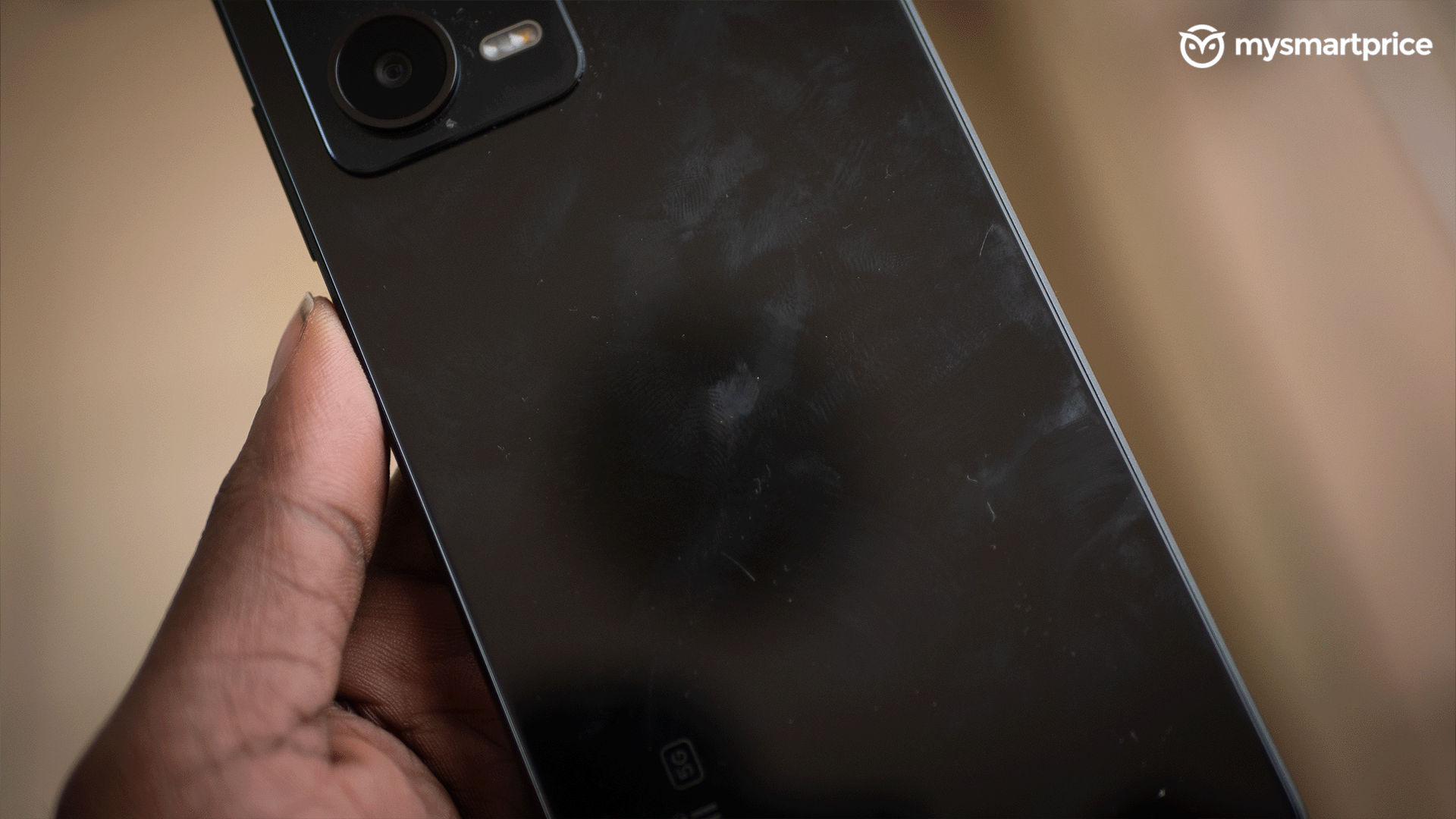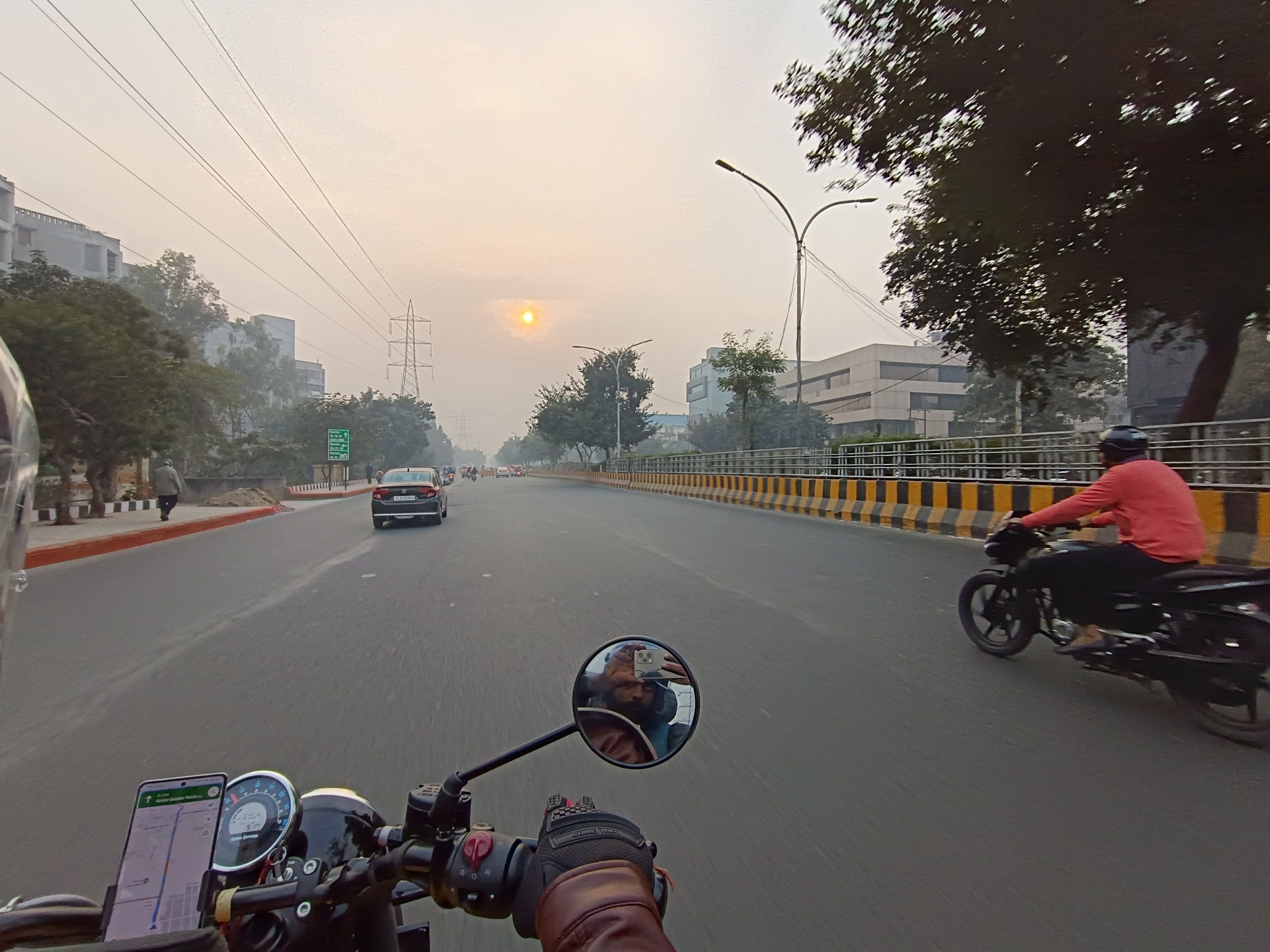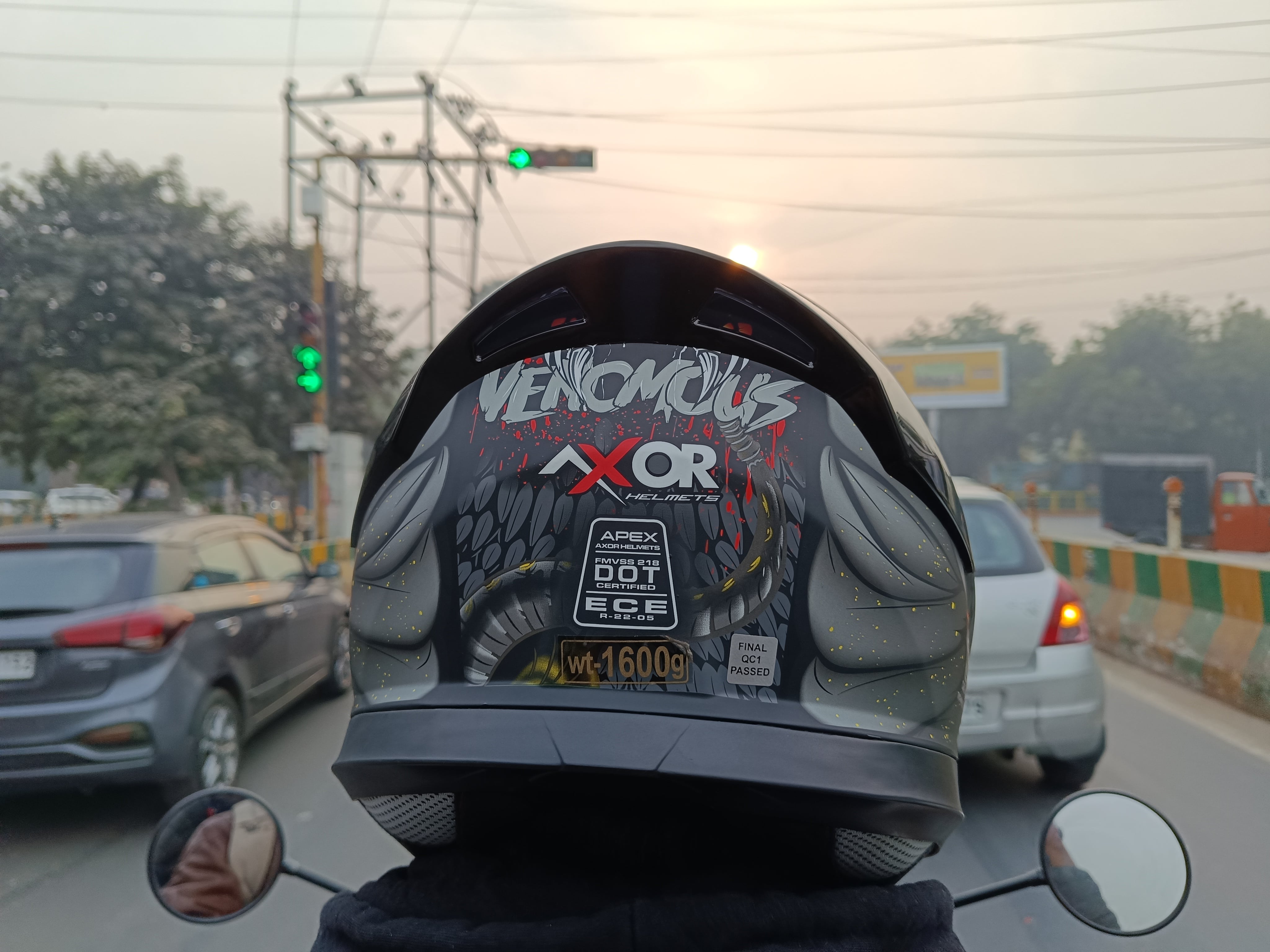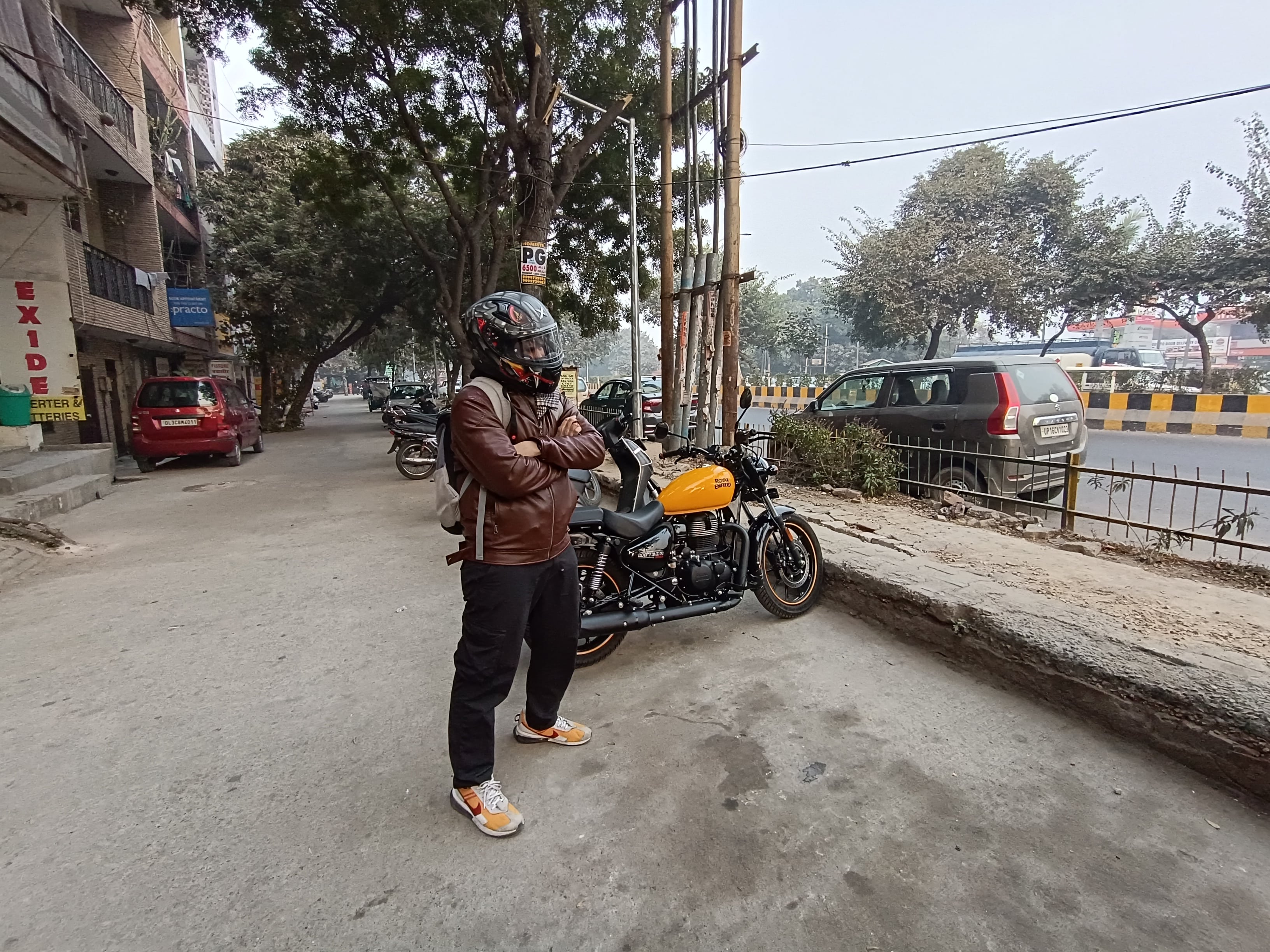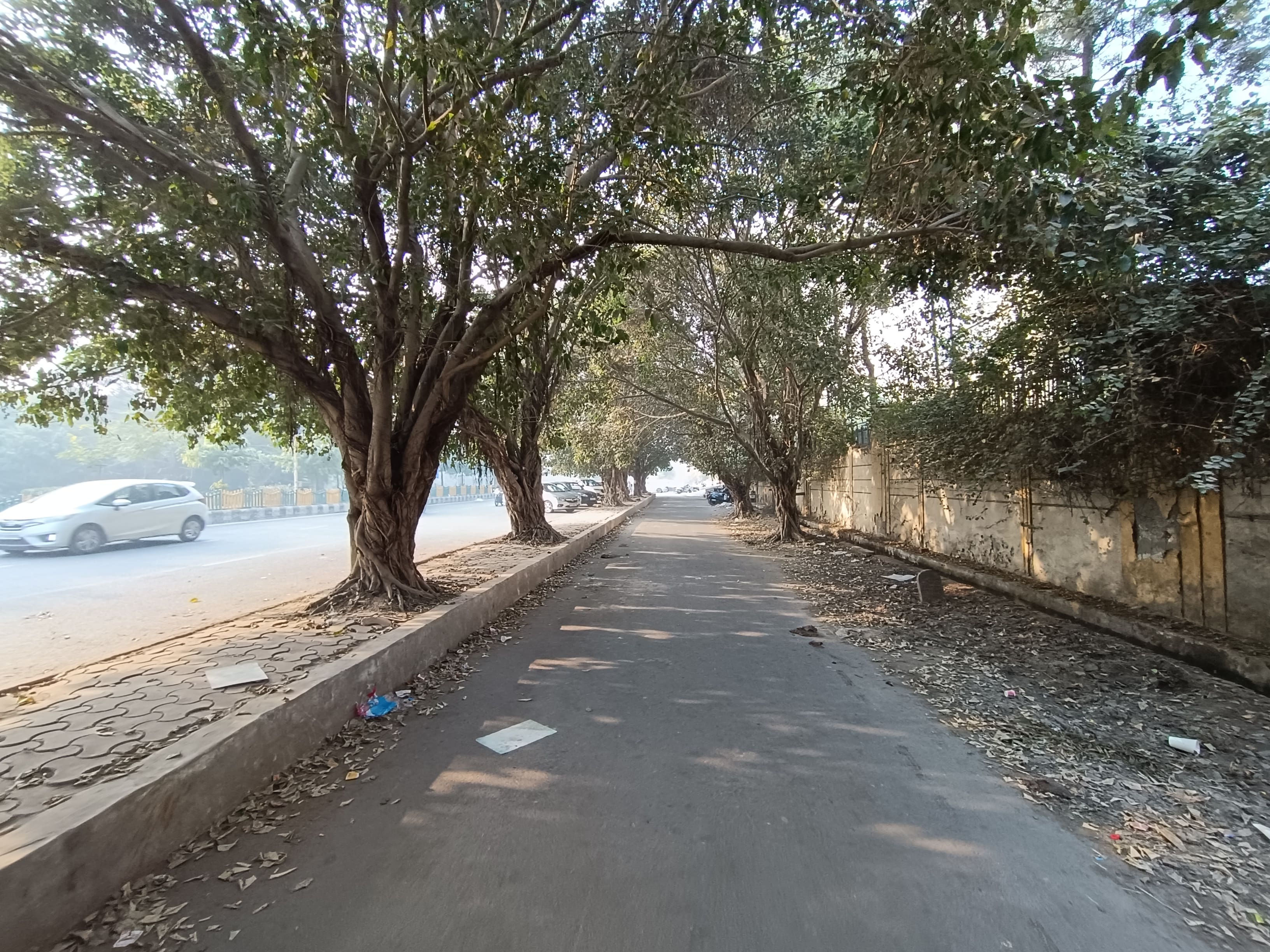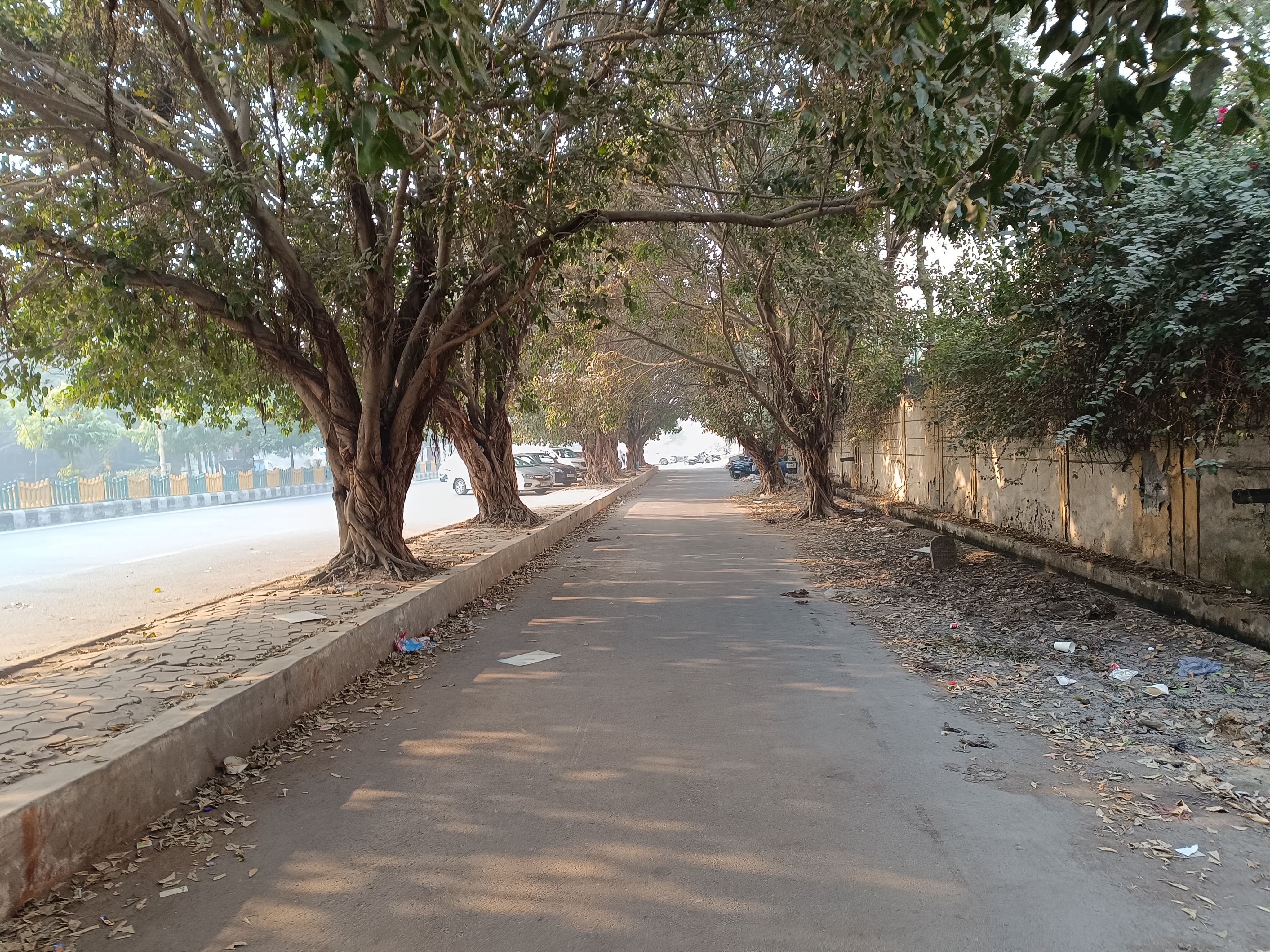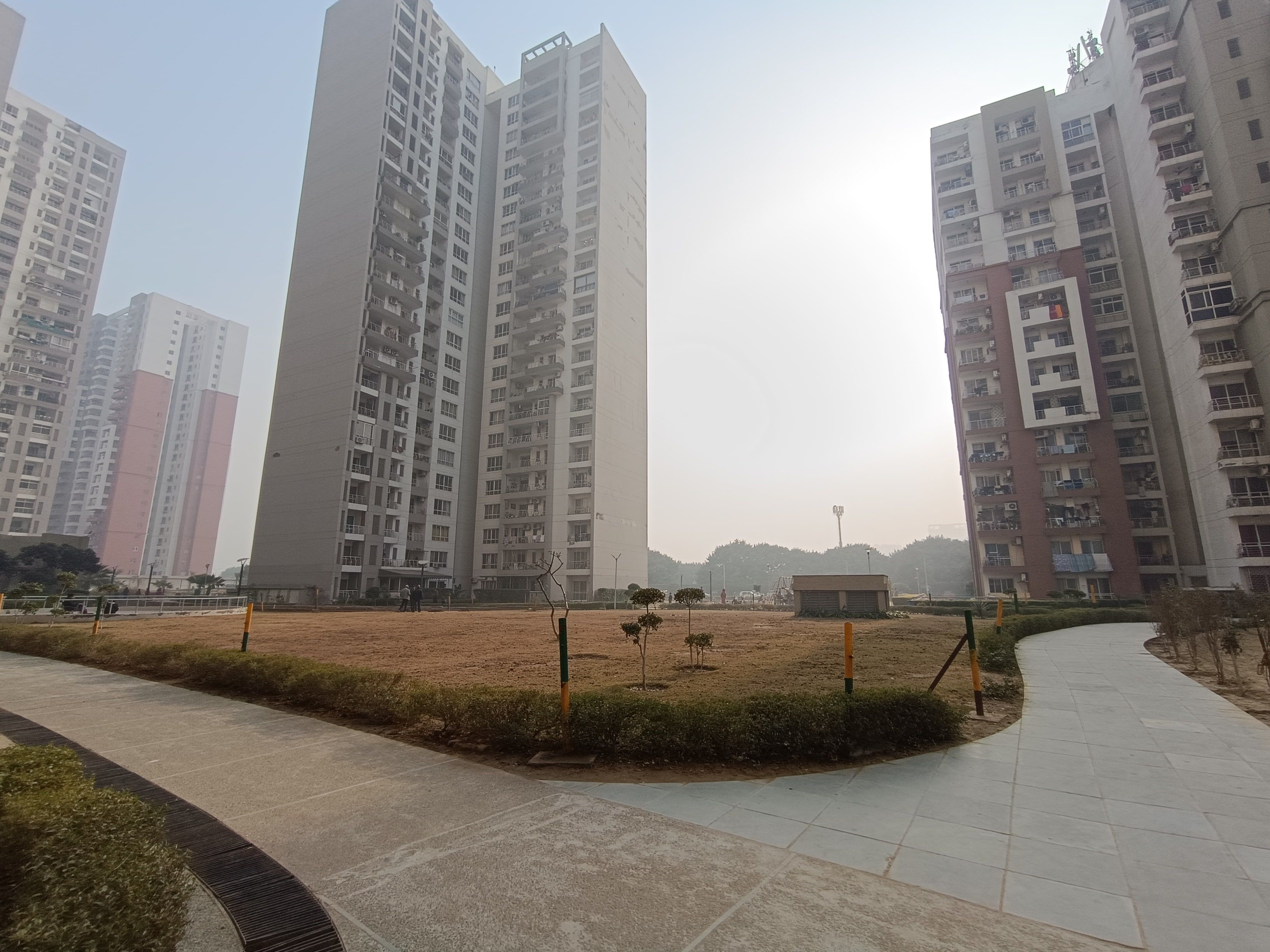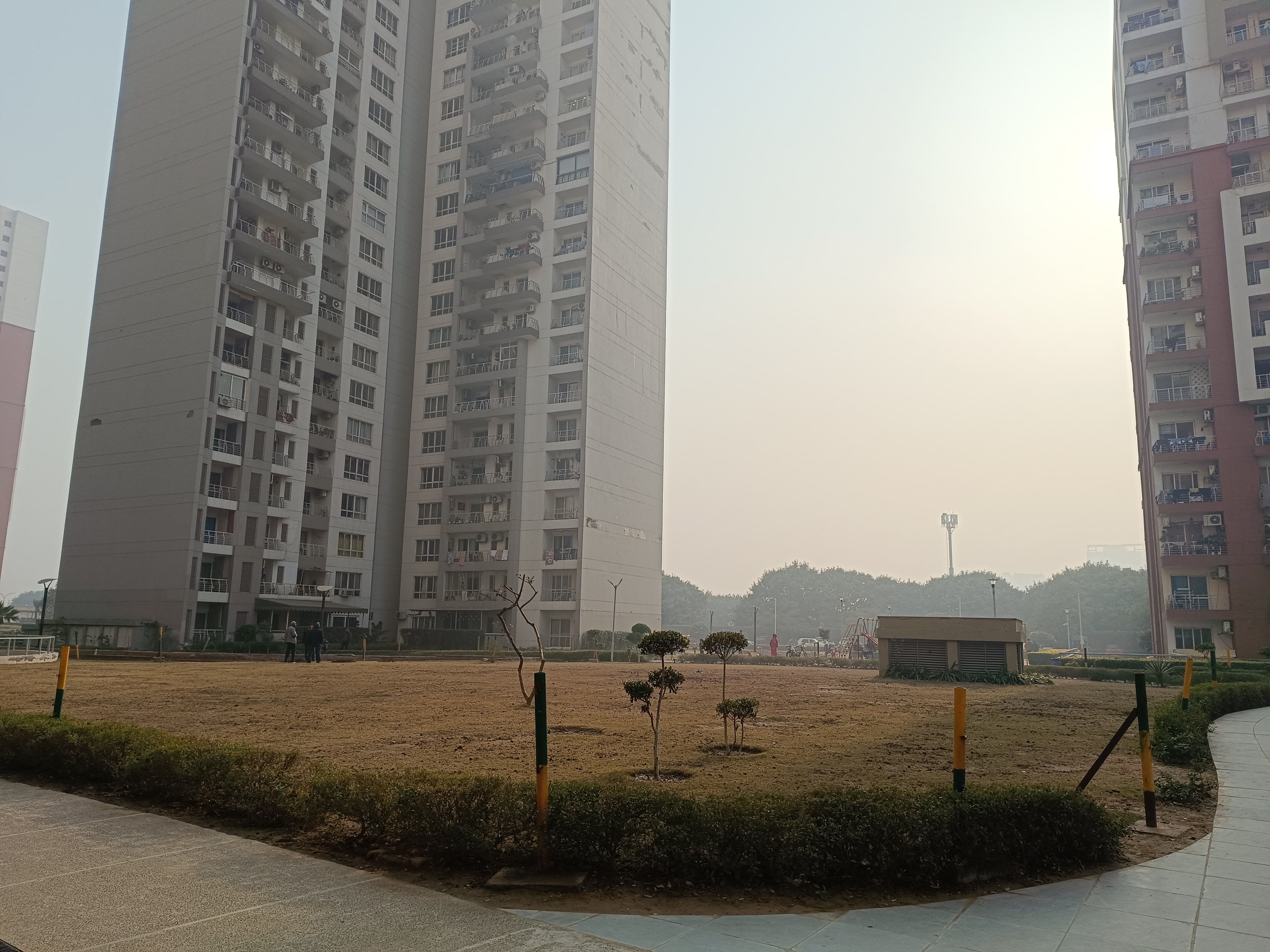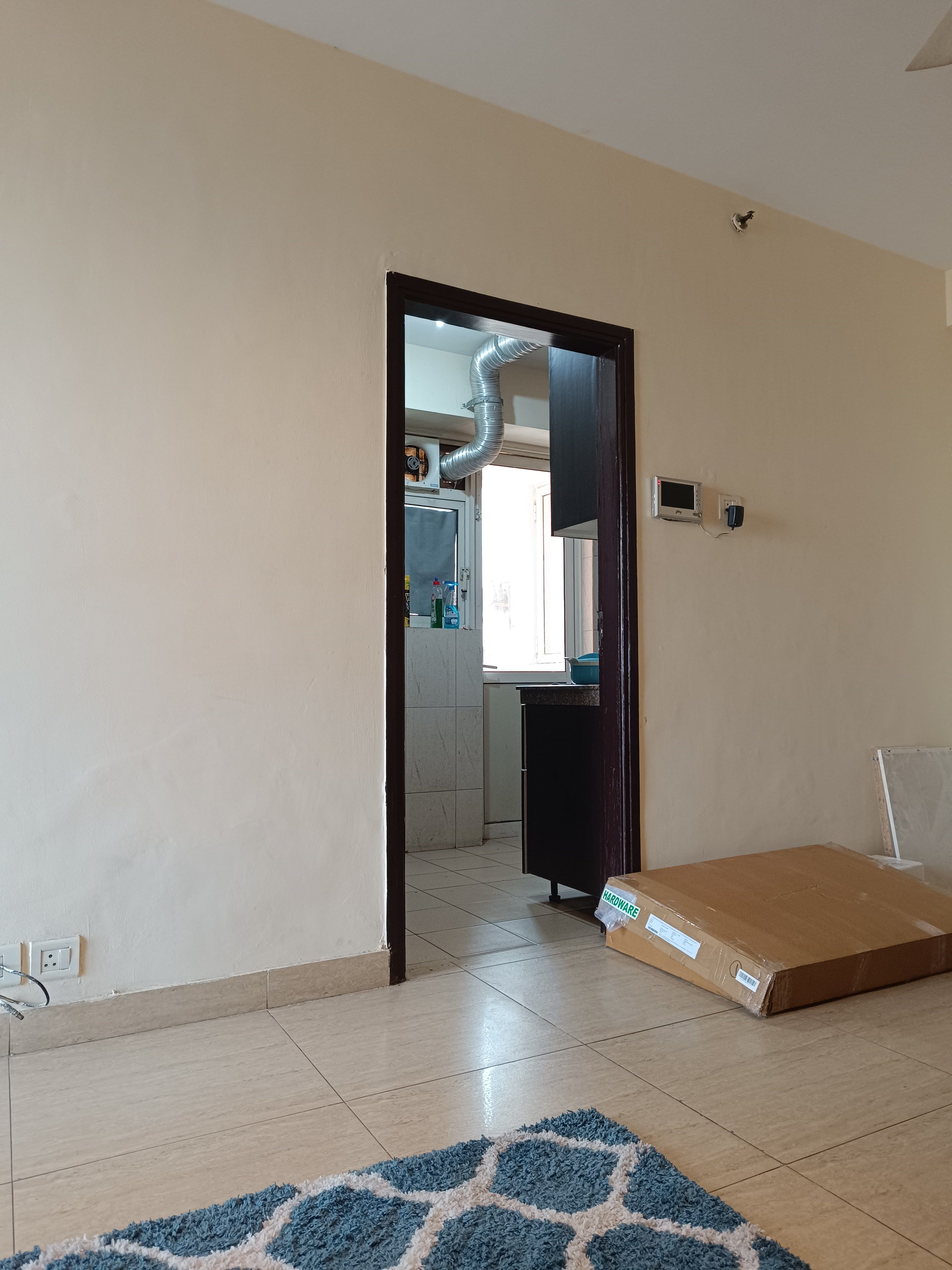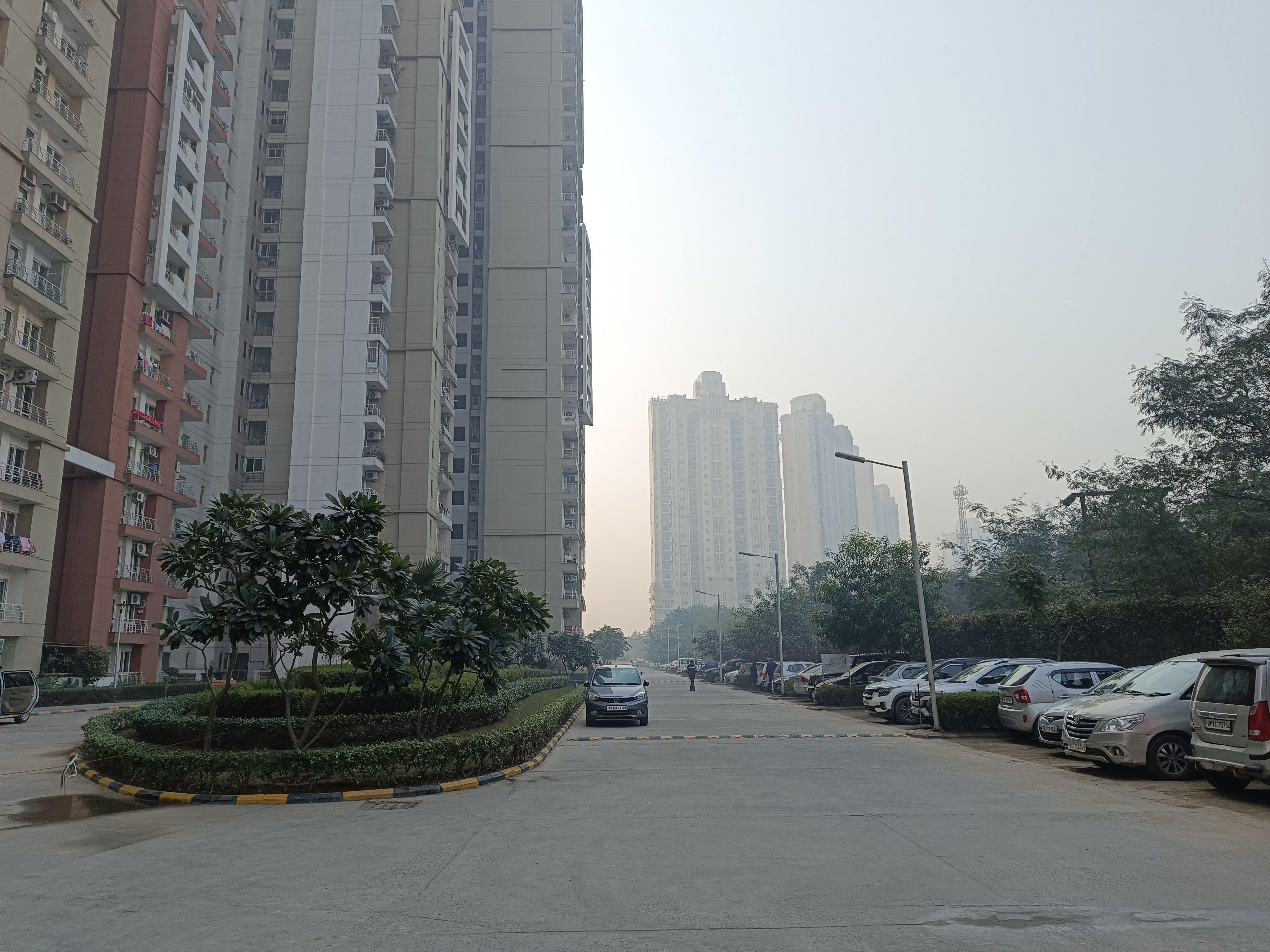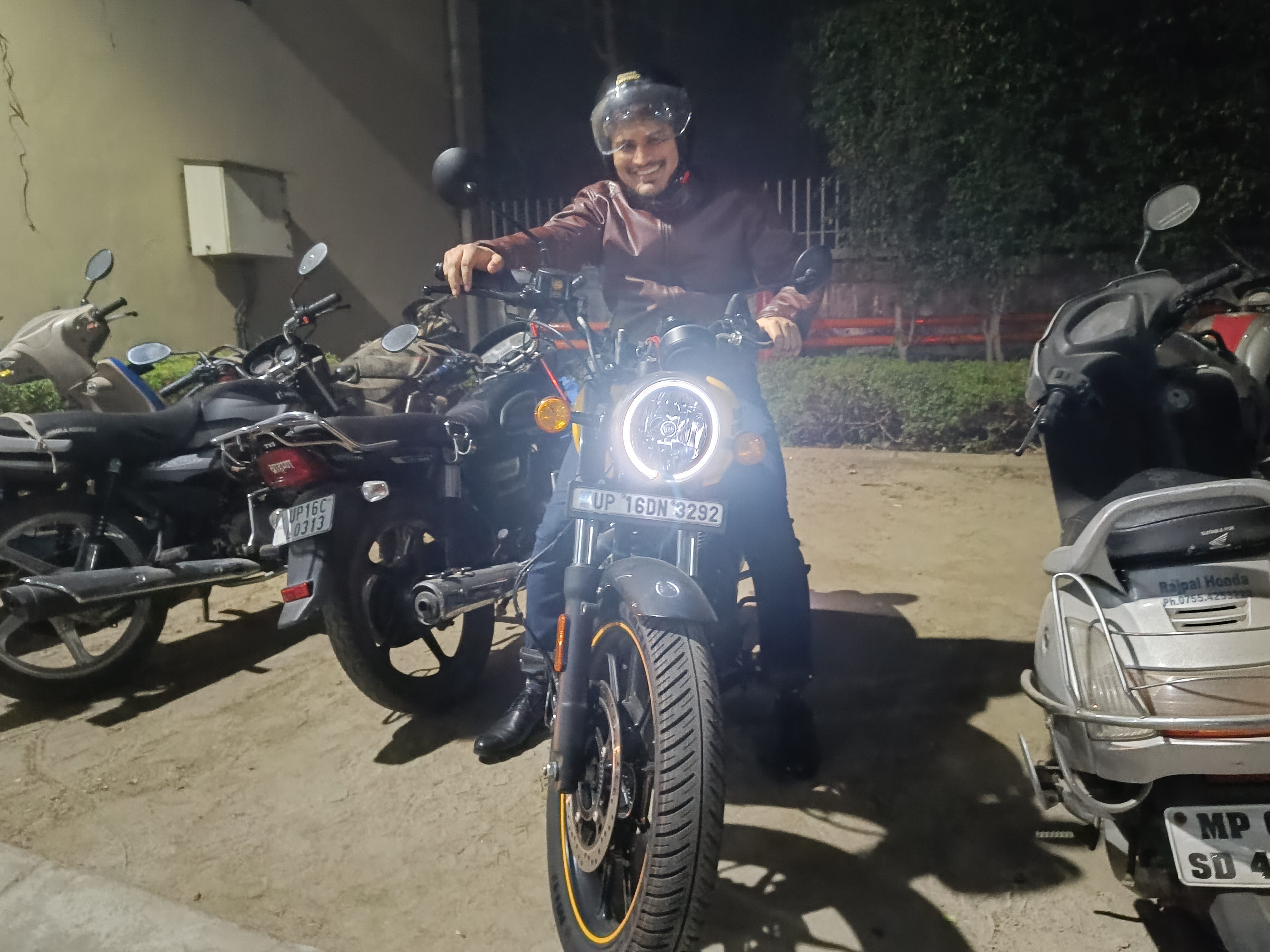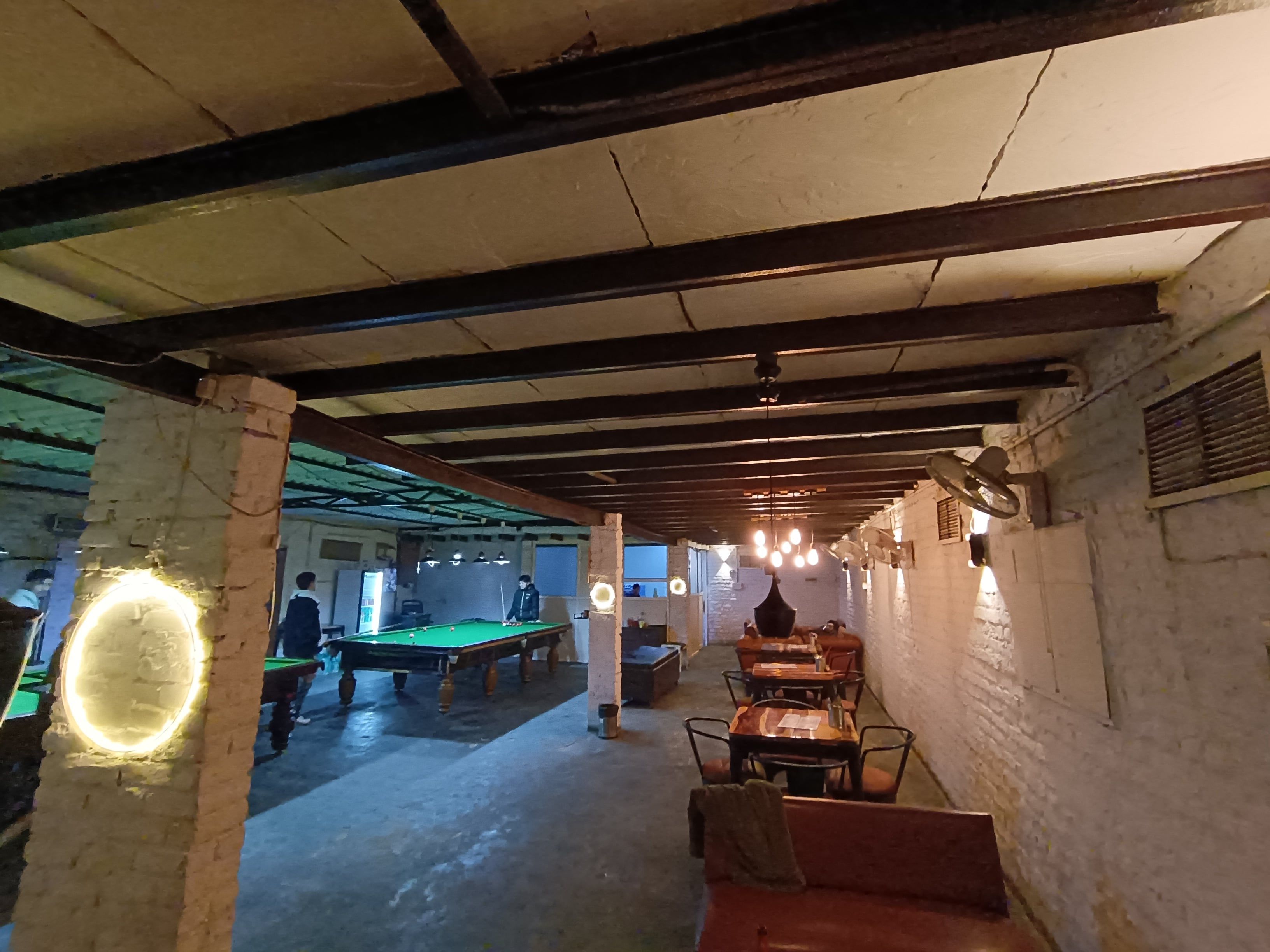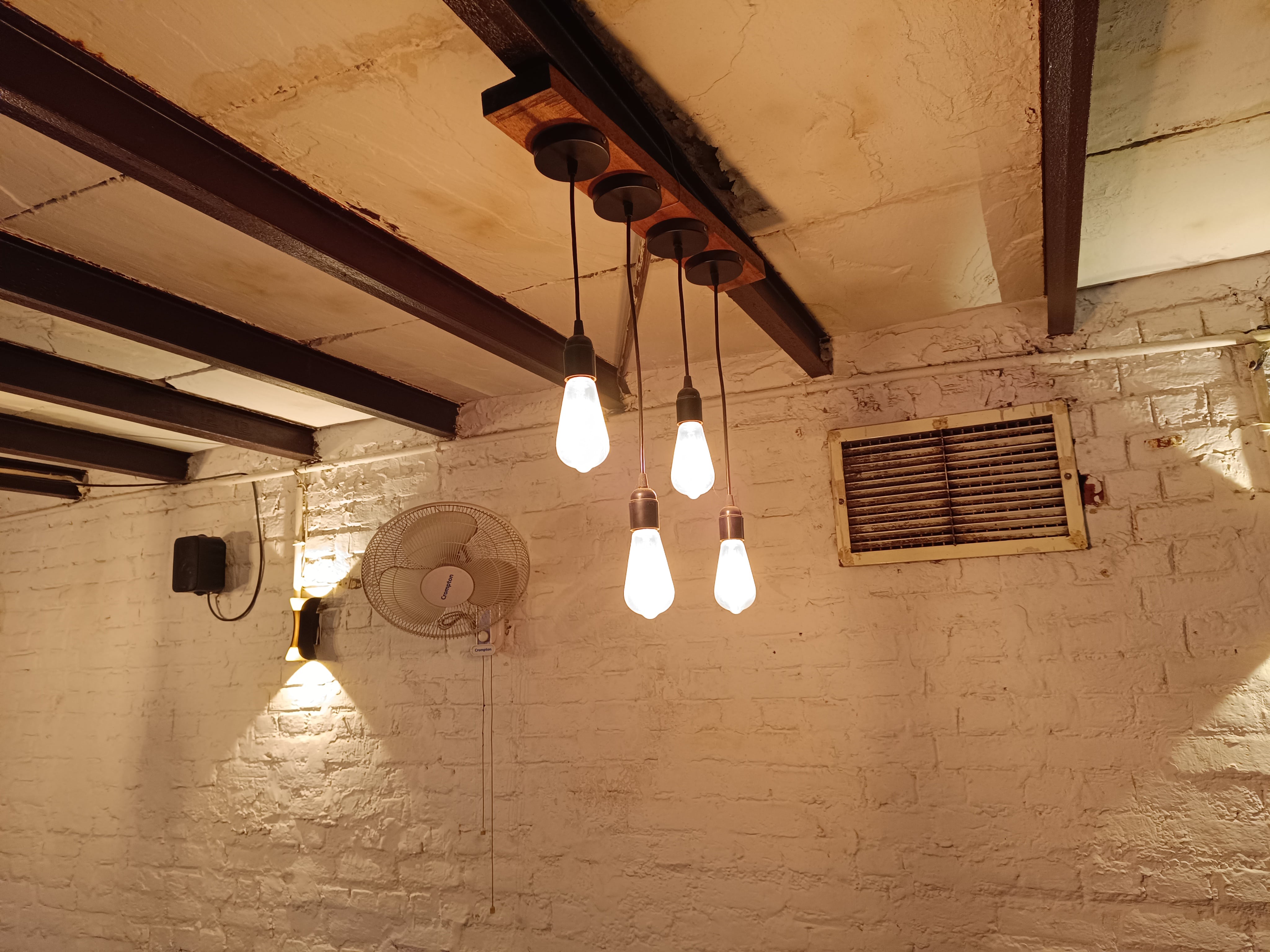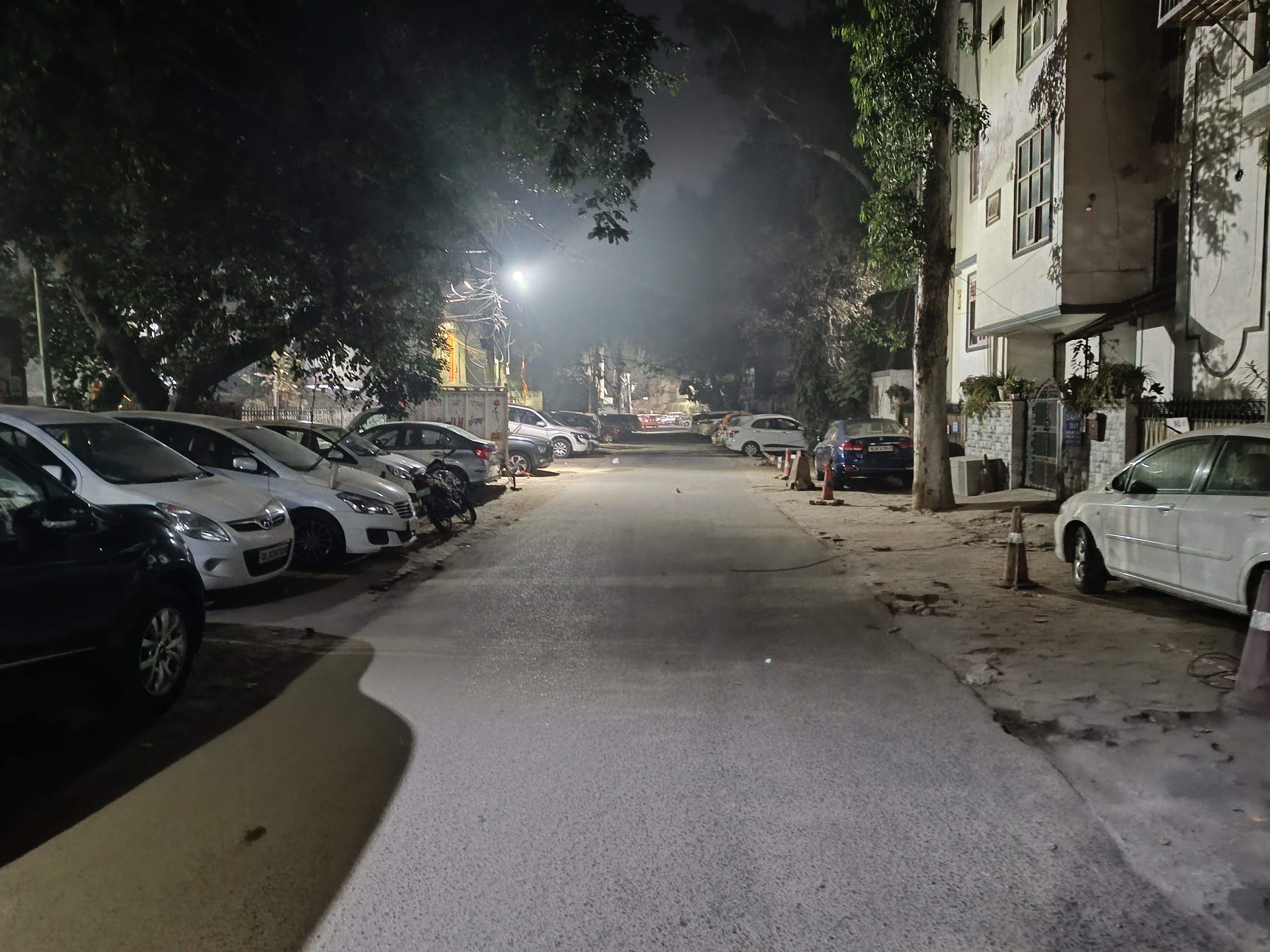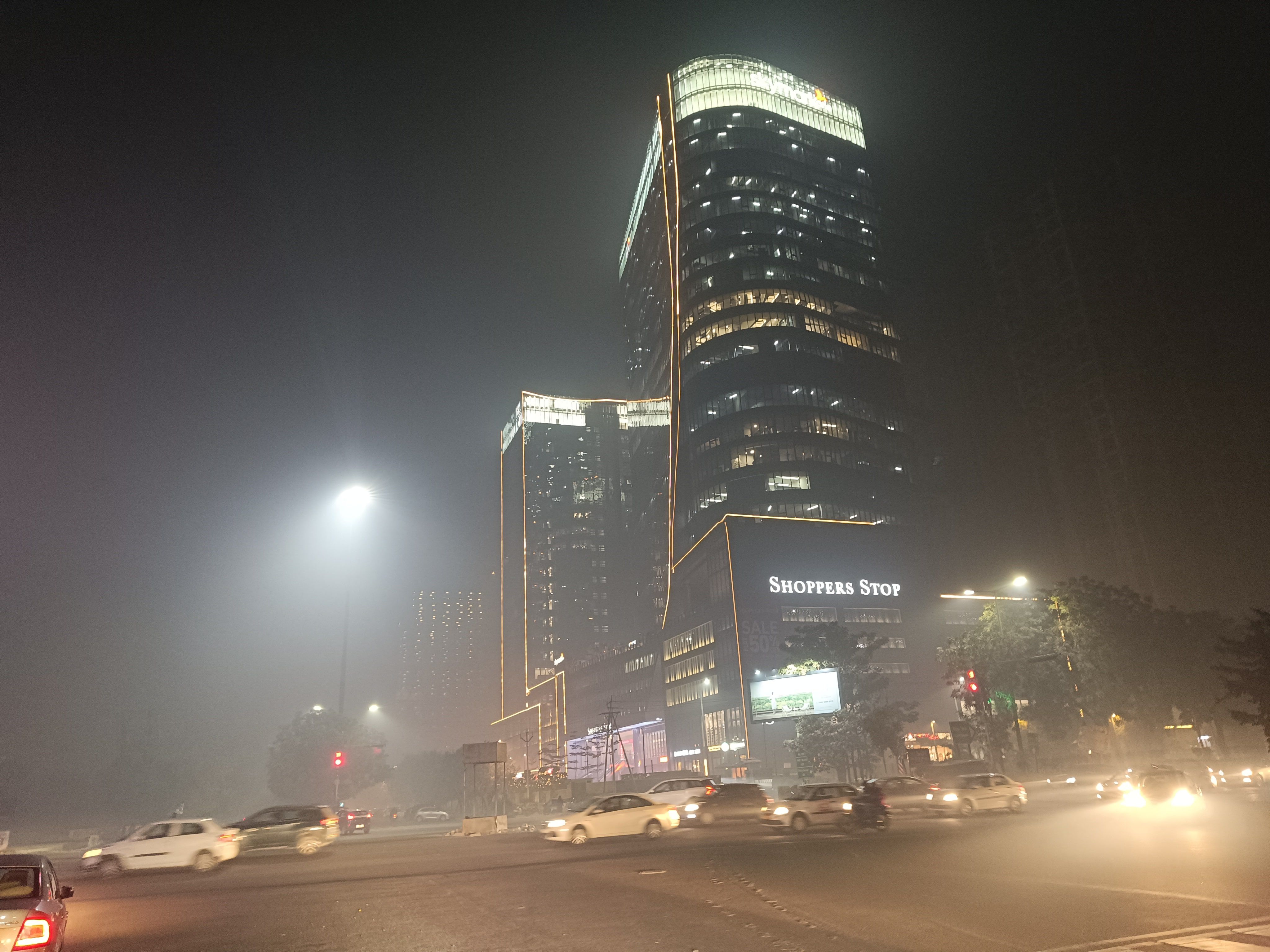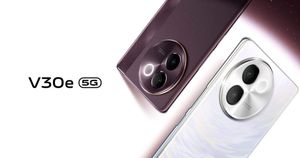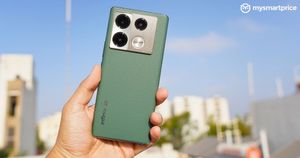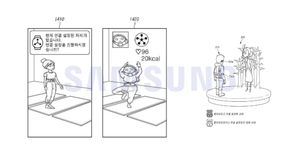
The Redmi Note series is a legacy lineup for the Chinese tech giants, since 2014. This was the beginning of a quantum leap in the smartphone industry for years to come — as other manufacturers had to compete against such prices. Over the years, we have witnessed a bunch of changes in terms of hardware, software, design, and other things. The Redmi Note 1S — during its launch was priced at Rs 7,999 — while the fairly recent Redmi Note 11 Pro+ broke the Rs 20,000 barrier with its top model. With the Redmi Note 12 series, Xiaomi is aiming to completely revamp the roster, by implementing big hardware upgrades, along with pricing changes.
The Redmi Note 12 Pro also comes with the same processor as the Note 12 Pro+ (Review) but at a much cheaper starting price of Rs 24,999. Besides this, it also sees itself fending off competition from the Realme 10 Pro+ (Review).
The Redmi Note 12 Pro boasts of a rear triple camera setup with OIS which could give it an upper hand over others. It also sports an AMOLED display with a big 5,000mAh battery and fast charging. Can the Redmi Note 12 Pro be a better value proposition for budget buyers, than its elder sibling, and the competition? Let’s find out in our review.
Redmi Note 12 Pro Review: Pricing details and availability in India
The Redmi Note 12 Pro is available in India in three variants. The 6GB RAM and 128GB storage is priced at Rs 24,999. It’s also available in an 8GB RAM and 128GB storage variant which will cost you Rs 26,999. The top-most model with 8GB RAM and 256GB storage can be grabbed for Rs 27,999. We have the highest variant with us for this review.
The Redmi Note 12 Pro goes on sale on January 11 at 12 noon. You can get your hands on the device via Mi.com, Flipkart and other offline retailers. Xiaomi has also introduced, what they call a ‘Special Fan Offer’ which lowers the price of the base variant to Rs 20,999. You can also avail discounts using ICICI cards and by exchanging your older smartphone.
Redmi Note 12 Pro Review: Design and display
The Redmi Note 12 Pro doesn’t have an over-the-top design with a blinding sheen on its back. Instead, it sticks to a boxy design with a glossy glass back panel that acts as a mirror and a home for fingerprint smudges. The device is available in three colour variants: Onyx Black, Frosted Blue and Stardust Purple. We have the black colourway with us. This variant looks simple and straightforward, while the purple colourway has shiny stardust particles at the back.
The trendy colour choices seem to be an attempt to capture a chunk of chic, younger buyers who also happen to be budget-conscious. If you ask us though, we think it looks something like a school project painted by a kid – adorable, but not flaunt-able.
The camera island uses the same materials as the rear panel. It protrudes a bit, causing the phone to wobble when kept on flat surfaces. Unlike the front of the device, the back skips any form of protection, rendering it vulnerable during unfortunate drops. We recommend slapping on a case to save yourself from boarding the anxiety train. Xiaomi very kindly gives you one in the box too.

The device is quite light, and the weight seems well-balanced. It has a thickness of 7.98mm and weighs 187 grams. We are not big fans of the boxy design, as it is not ergonomically suited for one-hand usage. The frames have a matte finish and are made of plastic.
The right side of the phone is reserved for the volume rockers and power button — which doubles as a fingerprint sensor. The top side features an IR blaster, a Redmi classic — followed by a secondary microphone for noise cancellation. You also get to see a stereo speaker setup and a 3.5mm headphone jack herd.
The left side is clean as a whistle, while the bottom portion is home to a SIM tray, primary microphone, a USB Type-C port, and a speaker grille. The Redmi Note 12 Pro has support for dual SIM. As for water and dust resistance, the device comes with an IP53 rating — this should save it from limited dust and water splashes.
The Redmi Note 12 Pro sports a 6.67-inch AMOLED display up front, protected by Corning Gorilla Glass 5. The panel refreshes at 120Hz and has a touch sampling rate of up to 240Hz. It has a pixel density of 394ppi and using the device outdoors did not cause any issues. The display has thin bezels all around with a selfie camera at the top. By default, the Redmi Note 12 Pro is set at the ‘Vivid’ colour scheme setting.
This can be tweaked around as per your preference. We usually chose ‘Standard’ as it gives a more neutral and constant look. Watching movies and TV shows on the HDR10+ supported display was a good experience. You can watch HDR content on YouTube, and unlike the Realme 10 Pro+, 4K video playback in HDR was not accompanied by stutters.

The display is crisp and vivid with good contrast levels, typical of AMOLED panels tuned for Redmi devices. There’s hardware-level Widevine L1 certification too, so watching high-quality movies on OTT platforms is possible.
Binging shows like Better Call Saul, Wednesday, and The Big Bang Theory was a treat. The panel tackles darker scenes very well. The display also supports Dolby Vision for a wider high-dynamic compliance of content. The dual stereo speaker setup with Dolby Atmos seals the deal by providing a near-complete video-watching experience for the price. The speakers get loud enough and produce crisp and clear audio.
The Redmi Note 12 Pro allows you to switch manually between 60Hz and 120Hz without an intermediate option of 90Hz. That’s a bummer because it’s a sweet spot for saving battery while not feeling as if you are using a smartphone straight out of the 2010s. During our testing period of the Realme 10 Pro+, we noticed it had some issues maintaining high refresh rates on apps such as Twitter — that’s not a problem here.

Redmi Note 12 Pro Review: Software and Performance
The Redmi Note 12 Pro is powered by the MediaTek Dimensity 1080 SoC, the same as its elder sibling. Going forward, it looks like we’ll be seeing more of this processor in the sub-Rs 30,000 price bracket. The Dimensity 1080 is an octa-core chipset, based on the 6nm fabrication process. It has peak speeds of up to 2.6GHz and is paired with a Mali-G68 MC4 GPU. This entire process runs on up to 8GB of LPDDR4X RAM and UFS 2.2 storage. The RAM extension gimmick is also present here with up to 5GB virtual memory. We don’t quite understand why it’s needed for a phone with decent-enough hardware memory, but you can’t argue with the numbers.
To help you hop the high-speed data train, it gives you 10 5G bands along with a battery-saver mode for 5G which consumes less power in certain scenarios.
It’s a Xiaomi phone at the end of the day, so you get MIUI 13 based on Android 12, which may be problematic for some. Its key competitor, the Realme 10 Pro+, comes with Android 13 out of the box.

Xiaomi’s promise is to provide two years of software upgrades, and four years of security updates. Our unit is running the November security patch. The UI feels smooth and snappy with most of the apps on the home screen. You can choose if you want to go with an app drawer or not, during startup.
The notification bar can feel a bit cluttered with multiple icons, but you get the hang of it over a period of time. The control centre has a lot of shortcuts, which come in handy. The Redmi Note 12 Pro has a bunch of bloatware apps such as Snapchat, Zilli, ShareMe, Bubble Shooter, and more. You are also greeted by pesky notifications from GetApps, which can be annoying. Apps that are not needed can be uninstalled. In our Redmi Note 12 Pro+ review, we noticed a few bugs in MIUI. Thankfully, those are not present here.
The Redmi Note 12 Pro does not have any issues performing daily tasks. The phone breezes through multi-tasking and switching between apps. We usually spent most of our time using Instagram, Twitter, Netflix, and other apps. None of the apps caused any issues for the Note 12 Pro. It performed smoothly in our app torture test which runs Google Maps and YouTube Premium simultaneously.
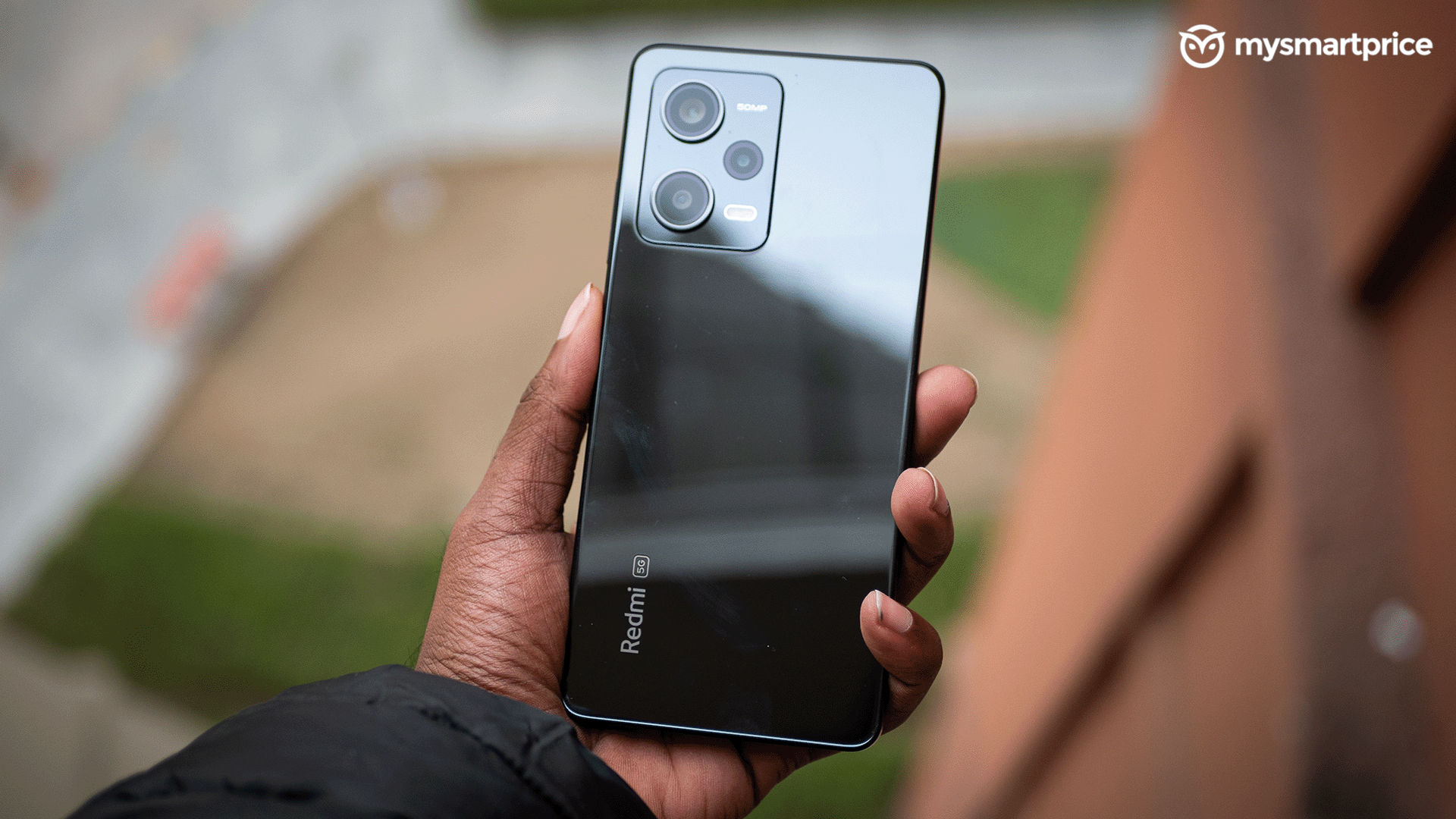
The side-mounted fingerprint sensor and face unlock work flawlessly, and we did not face any troubles (get it?). The haptic feedback was also decent, nothing to write home about.
Let’s crunch some numbers now, the Redmi Note 12 Pro registered a score of 434231 in AnTuTu v9 tests. The Realme 10 Pro+ managed to score 512682 with the same processor. Geekbench 5 recorded a single-core score of 756 and a multi-core score of 2265. The Sling Shot Extreme test returned a score of 3880 in the Vulkan architecture, while OpenGL ES 3.1 returned a score of 4167. Wild Life Extreme Stress test managed a ‘best loop score’ of 633. We ran a few games on the Redmi Note 12 Pro such as Apex Legends Mobile, Call of Duty: Mobile and more.
Apex Legends Mobile ran on ‘HD’ graphic settings and ‘High’ frame rates. The game was able to render 40fps, but we noticed massive dips (26fps) when landing in hot drop areas. Additionally, we also saw a few frame drops whenever an enemy squad was nearby. Besides that, the game managed to maintain its cool throughout squad fights and we only noticed drops to 37fps. After 15 minutes, the battery dropped by just 3%.
Call of Duty: Mobile ran on ‘Low’ and ‘Max’ settings. We managed to get around 58-60fps without many hiccups. Though, we noticed a few frame drops near an explosion zone. The company boasts of a 12-layer heat dissipation technology. In our usage, the device did not heat up much in our gaming sessions, though it’s worth mentioning that we are testing it during peak winters.

Redmi Note 12 Pro Review: Cameras
The Redmi Note 12 Pro sports a triple rear camera setup led by a 50-megapixel Sony IMX766 sensor. This sensor is popular in smartphones that are priced far higher, such as the Nothing Phone (1), OnePlus 10T, Oppo Reno 8 Pro. Additionally, you also get an 8-megapixel ultra-wide angle camera, and well, a 2-megapixel macro camera. As for the front camera, a 16-megapixel shooter takes care of selfies. The camera UI sees no major changes from the previous generation.
You get the usual options with the ‘More’ tab accommodating a 50-megapixel mode, along with a bunch of other interesting features. You can also enable the HDR and AI mode from the tab above. In typical Xiaomi fashion, you get a slew of filters and beautification modes to tweak around with.

Photos taken in daylight with the Redmi Note 12 Pro were bright, detailed, and crisp. The primary camera tends to prefer warmer tones. We also noticed over-sharpness in some instances. While the camera manages HDR well in most scenarios, some tricky environments can confuse it. Because of the 1/1.56” sensor, close-up shots also provided a good amount of background blur.
Images had good and natural colours. When it comes to clicking human subjects, it manages to maintain the skin tone well. Edge detection in Portrait Mode works well for the most part, but messy hair can cause some panic. The blur effect looks beautiful, and you can set the level before taking each shot (and after). The 50-megapixel mode takes detailed photos, and text was legible even after zooming in.
Switching to the ultra-wide angle camera, the change in colour temperature and details is pretty evident. The 8-megapixel shooter tends to shoot images with more contrast, as compared to the primary camera. Colours still look good on this camera and distortion at the edges was under control.
Shots captured in low light were overall good with a decent amount of light and detail. We noticed a minor amount of grains in some images, but nothing too concerning. The HDR mode helps keep light sources under check, such as the Royal Enfield Meteor’s headlight capture below.
Though, close-ups with multiple light sources can be a bit tricky for the HDR to handle. The Note 12 Pro has a dedicated night mode, which captures more light and reduces a good amount of noise. Portrait mode indoors worked flawlessly, with good edge detection and colours.
Switching to the ultra-wide angle camera sees a degrade in the quality of the image. It also invites noise, especially along the edges. The 2-megapixel macro camera can take close-up photos, though the small megapixel count sees a lack of details in the final output. As for selfies, the 16-megapixel front snapper takes good photos with decent amount of detail.
Colour tones were natural, while the dynamic range performance was nothing to write home about. Edge detection on the front camera also works well with proper cut-to-cut edge detection. Selfies at night lacked details.
The Redmi Note 12 Pro tries to one-up the Realme 10 Pro+ by including OIS, in fact, that seems to be their main USP with this device. This is a first on any Redmi Note device. The phone can shoot videos at up to 4K 30fps with good stabilisation during the day, as well as at night. The 1080p format supports 60fps for both, the rear camera and the front camera.
Redmi Note 12 Pro Review: Battery and charging
The Redmi Note 12 Pro packs a massive 5,000mAh battery — which seems to be a standard in recent days. The device almost lasted us an entire day during our testing period. We managed a screen time of about 6 hours. Our usage mostly included watching YouTube content, along with casual gaming and camera work. If you are a light user who doesn’t use the device extensively with GPS and Bluetooth on at all times, stretching the battery to last an entire day should be possible. The Redmi Note 12 Pro is accompanied by a 67W charger that charges the device to 44 per cent in 15 minutes. In another 15 minutes, it reaches 58 per cent, but it takes the device about an hour and 10 minutes to completely charge.

Redmi Note 12 Pro Review: Verdict
While the Realme 10 Pro+ might seem like its immediate nemesis, Xiaomi also seems to be fighting itself with the Redmi Note 12 Pro and Note 12 Pro+. Despite skipping the 200-megapixel sensor and 120W Hypercharge, the Note 12 Pro is able to provide almost the same performance at a cheaper starting price.
The Redmi Note 12 Pro is a well-rounded device, feature-wise. The AMOLED display and stereo speakers provide a good video-watching experience, while the 120Hz panel helps with faster scrolling. The phone also gets its basics right with good battery life and charging speeds.
The MediaTek Dimensity 1080 processor will be seen more often going forward. While the Note 12 Pro has optimised it well for its own advantage, we’d like to see more sustainability in heavy games such as Apex Legends Mobile. We also wish that inconsistencies in the dynamic range and daylight portrait are also fixed, going forward.
The Realme 10 Pro+ can be a good alternative to the Redmi Note 12 Pro, but the latter trumps it with OIS, a slightly faster charger, and a marginally better camera. But if you have to check ‘curved display’ and ‘Android 13’ off of your list, the Realme 10 Pro+ might be your go-to device.
To us, the Redmi Note 12 Pro objectively seems like a much better deal than its bigger sibling. It acts as a middle child that is most likely going to be chosen. Forgive us for using this line for the umpteenth time, but it sure is a Note-worthy device.
We are interested in what this price segment brings in the coming months, and if we see better utilisation of the Dimensity 1080 chipset, or if a Snapdragon alternative is under works. Nevertheless, do check out our gaming test of the processor done using the Redmi Note 12 Pro Plus (above).

